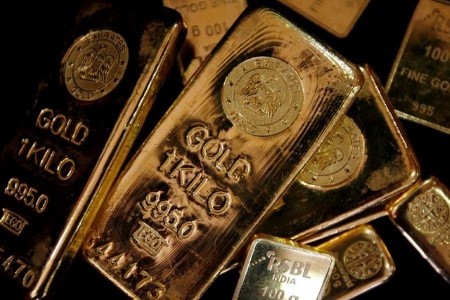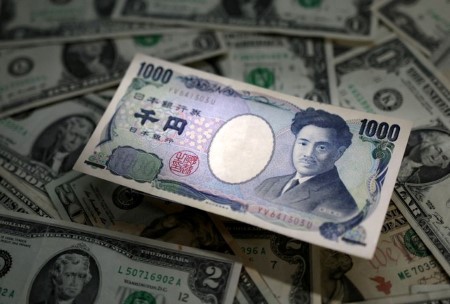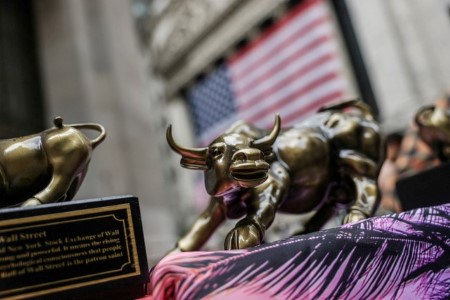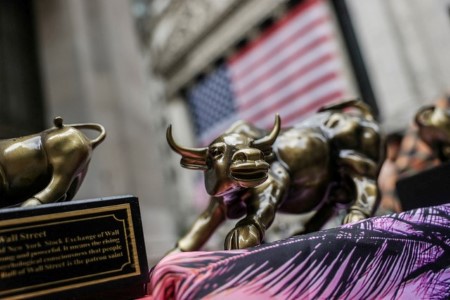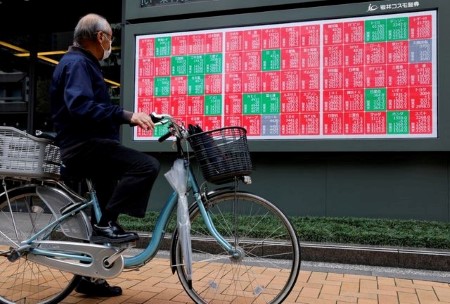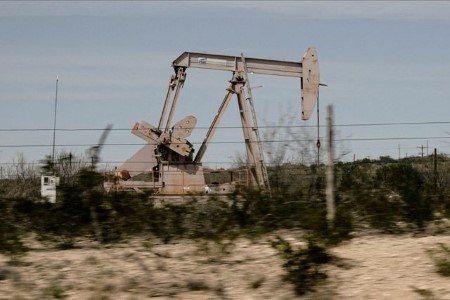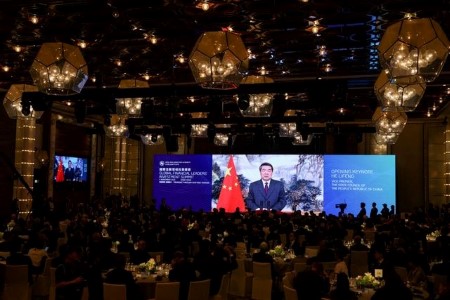NEW YORK – The stock market’s recent weakness marked a speed bump in a rally that had driven stocks to a series of record highs, but many investors view the pullback as a breather rather than a sign of deeper trouble.
The S&P 500 has fallen 2.4% over the last eight sessions as investors fretted over the state of the US economy and elevated valuations of artificial intelligence and technology stocks — sectors that have powered the market this year.
“It’s a speed bump. It’s not a wall that you’re going to ram the car into and have a bit more damage than anyone is planning for,” said Raheel Siddiqui, senior investment strategist at Neuberger Berman Global Equity Research Department.
“Whether it’s something more than a simple correction, a recession or a bear market or something more sinister? I don’t believe we have the preconditions for that,” he said.
Despite jitters over valuations and market concentration, the bull market has strong underpinnings that encourage risk-taking: the Federal Reserve’s easing of financial conditions, the AI-driven boom in capital expenditures, and a supportive economic backdrop, investors said.
“I don’t really see a significant change in positioning; I don’t see a significant change in sentiment,” said Chris Dyer, co-head of Eaton Vance Equity and portfolio manager for global equity portfolios in London.
“That’s not to say that that couldn’t happen. I just don’t think that we’re seeing it at this point.”
THE OLD NORMAL
Part of the reason the stock market pullback has drawn attention is that market drops have been rare since the tariff-induced selloff in April subsided, investors said. The S&P 500 has not fallen more than 3% from its most recent high since April.
The selloff was “just a reminder that volatility exists and is normal,” said Mike Reynolds, vice president of investment strategy at Glenmede Wealth Management.
The volatility does not stem from a fundamental shift in the outlook for stocks, investors said.
“What we are starting to see now is some fear of heights and profit taking,” said Tobias Hekster, co-chief investment officer at True Partner Capital. “I don’t think we are seeing any meaningful unwinding yet.”
The bigger risk is overreacting to the market weakness, said David Wagner, head of equities and portfolio manager at Aptus Capital Advisors. “I legitimately think one of the biggest risks that an investor could do right now is to take money off the table.”
While near-term worries may have buffeted stocks in recent sessions, the longer-term outlook remains positive, said Phil Orlando, chief market strategist at Federated Hermes.
“Could there be a little chop, a little increased volatility over the course of the next couple of quarters? Absolutely, but we would view that as a buying opportunity.”
The US economy argues against a market crash, investors said, with faster second-quarter growth than previously estimated amid strong consumer spending. Surging business investment is expected to offset weaker growth in consumption and global trade and keep the economy growing, a National Association for Business Economics survey showed.
“When you look at the fundamentals in the economy around the world, the US, emerging markets are experiencing strong growth and while there is some weakness that is at a healthy level,” said Victor Zhang, chief investment officer for American Century Investments, which manages around USD 300 billion.
However, with the S&P 500 up 14% for the year and the Nasdaq up 19%, analysts broadly agreed that the selloff risks picking up steam and news on the economy could turn negative.
With fresh official data on the economy missing due to the US government shutdown, investors have to figure out the appropriate weight to put on each new unofficial report, raising the risk of overreaction.
“Bull markets don’t die of old age; they die of fright,” said Sam Stovall, chief investment strategist at CFRA, who sees potential for further market weakness. “What they are most afraid of right now is a recession.”
(Reporting by Saqib Iqbal Ahmed and Laura Matthews; Additional reporting by Suzanne McGee, Anirban Sen, and Dhara Ranasinghe; Editing by Megan Davies and Richard Chang)







 DOWNLOAD
DOWNLOAD




